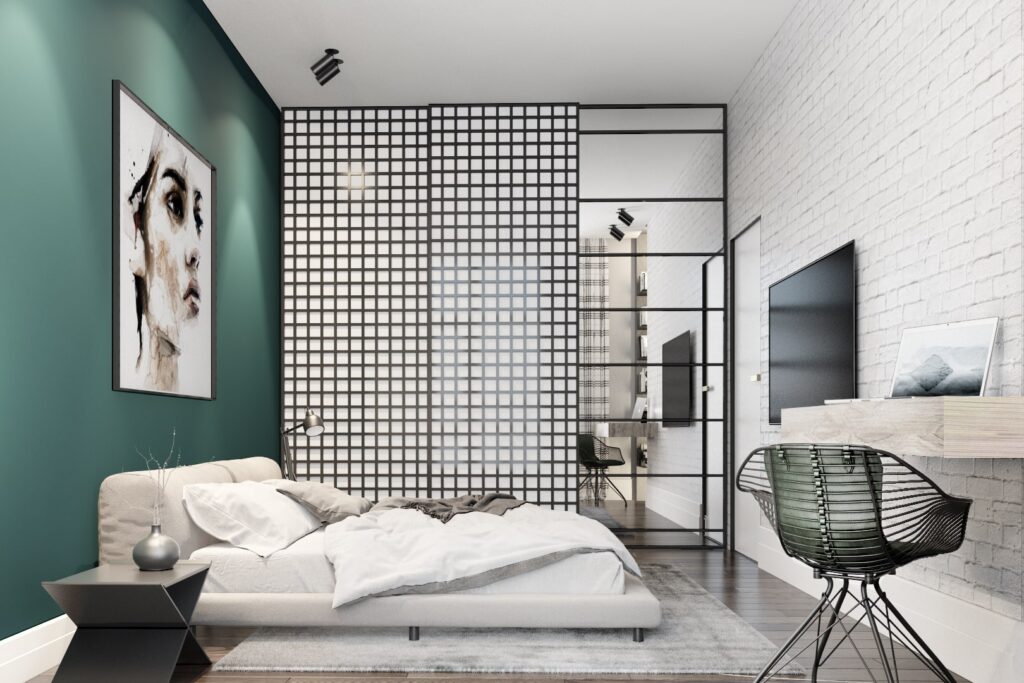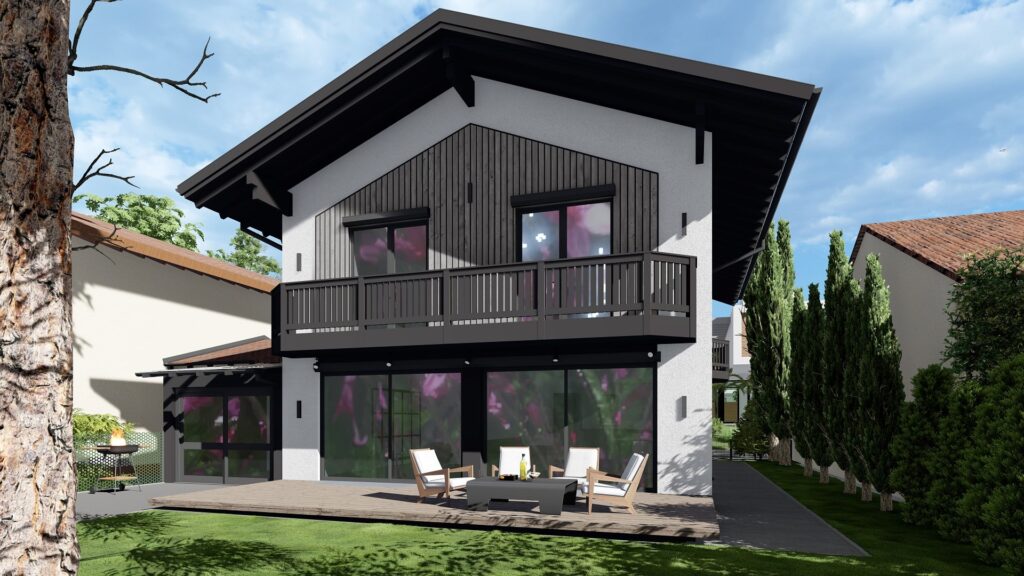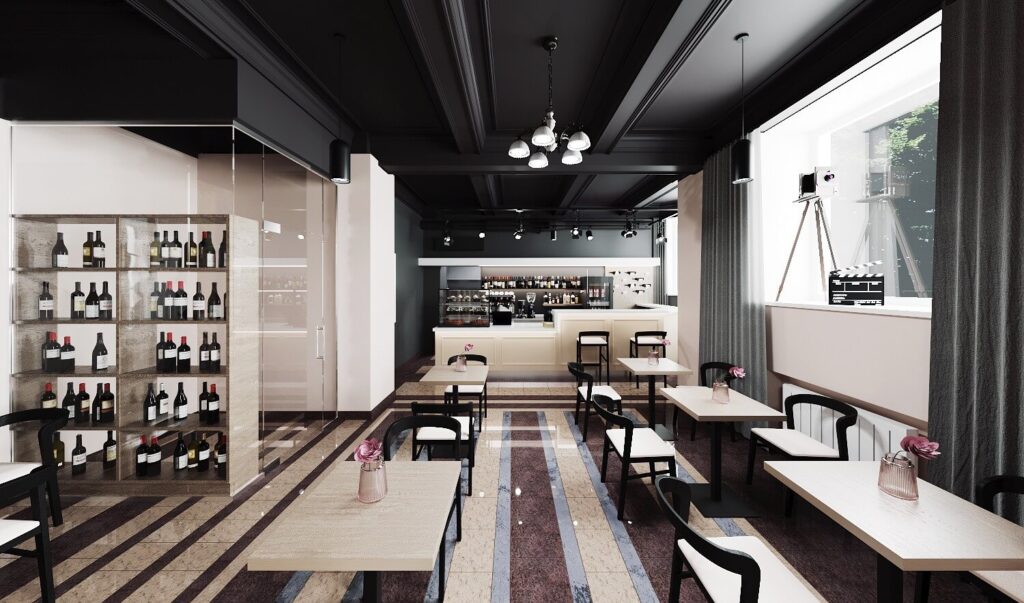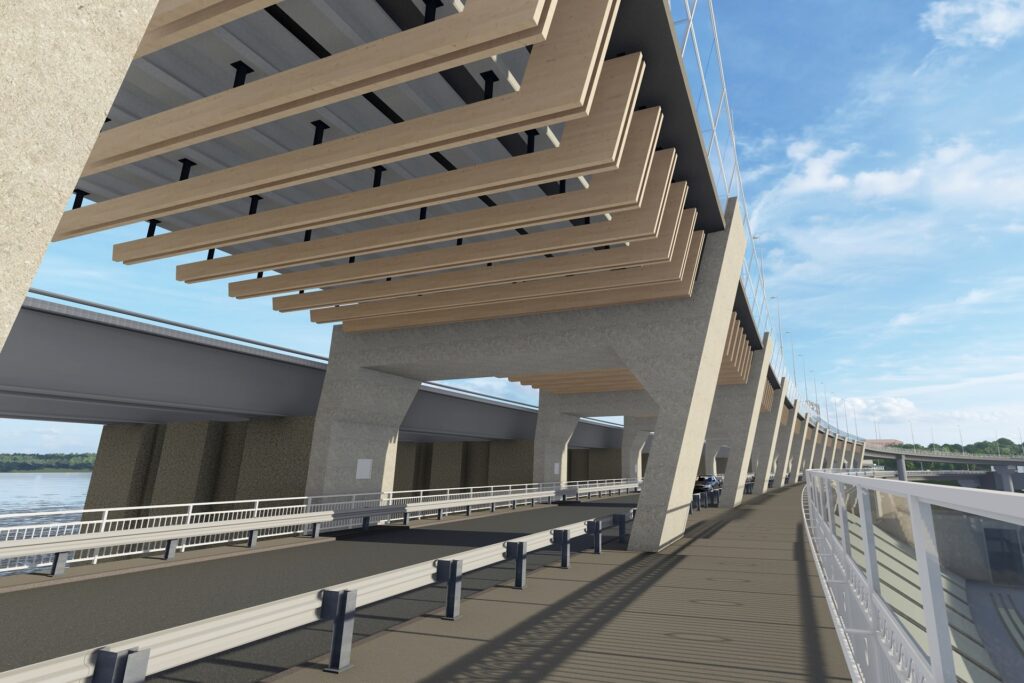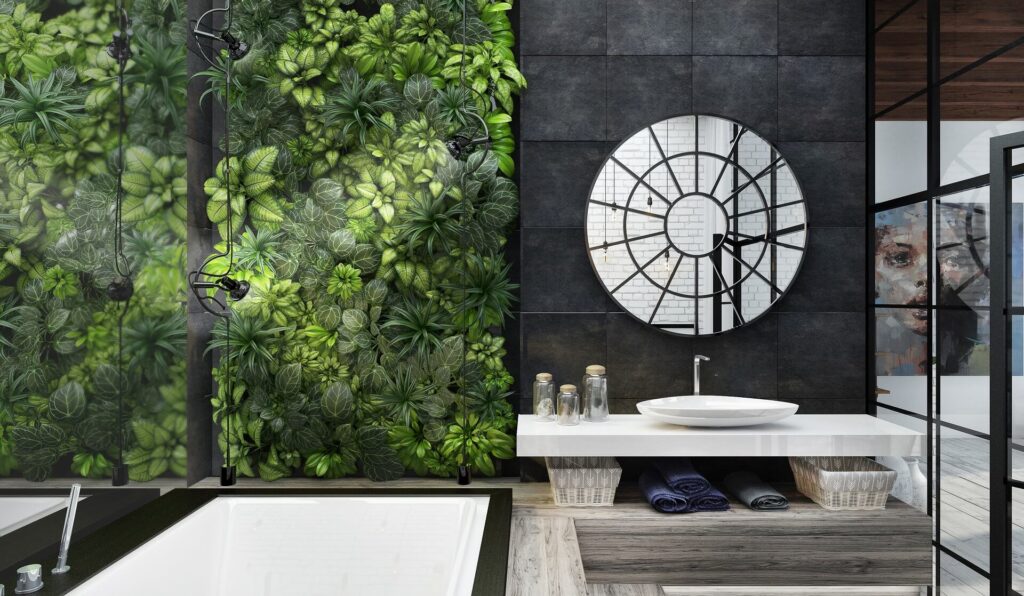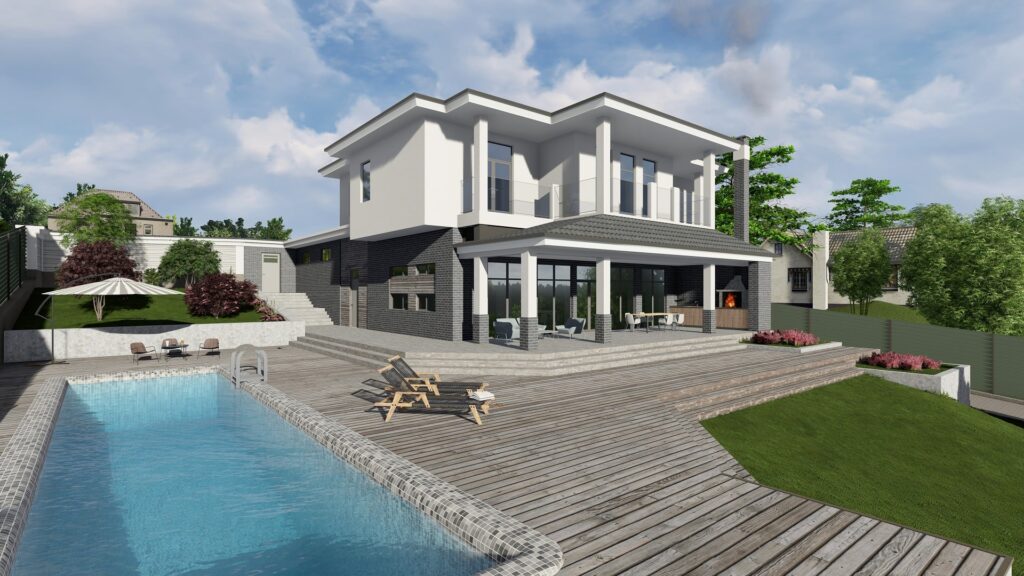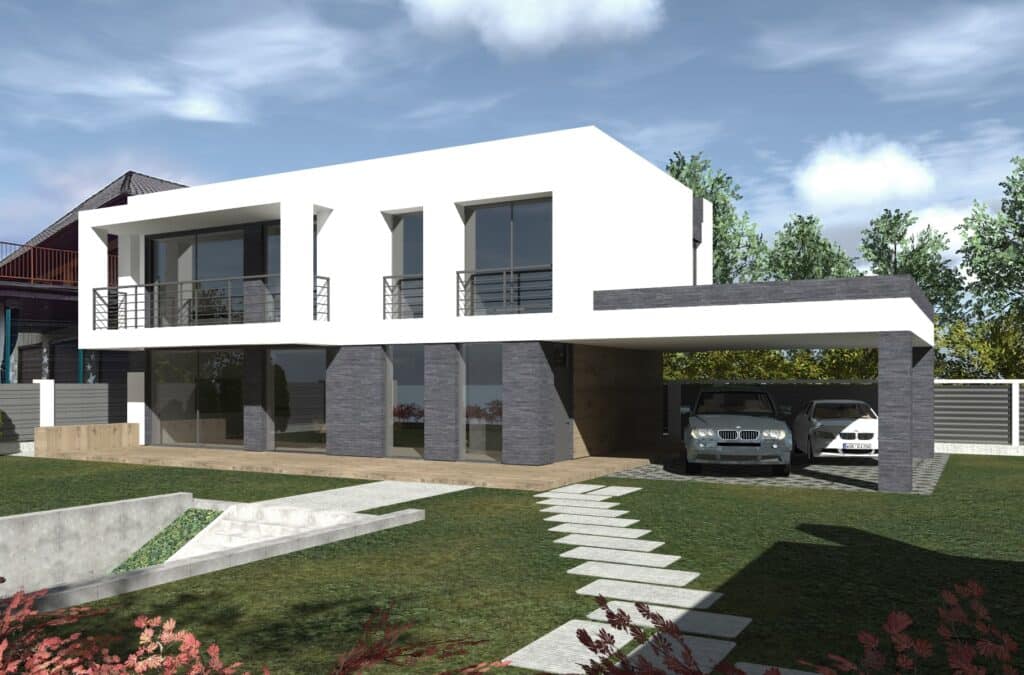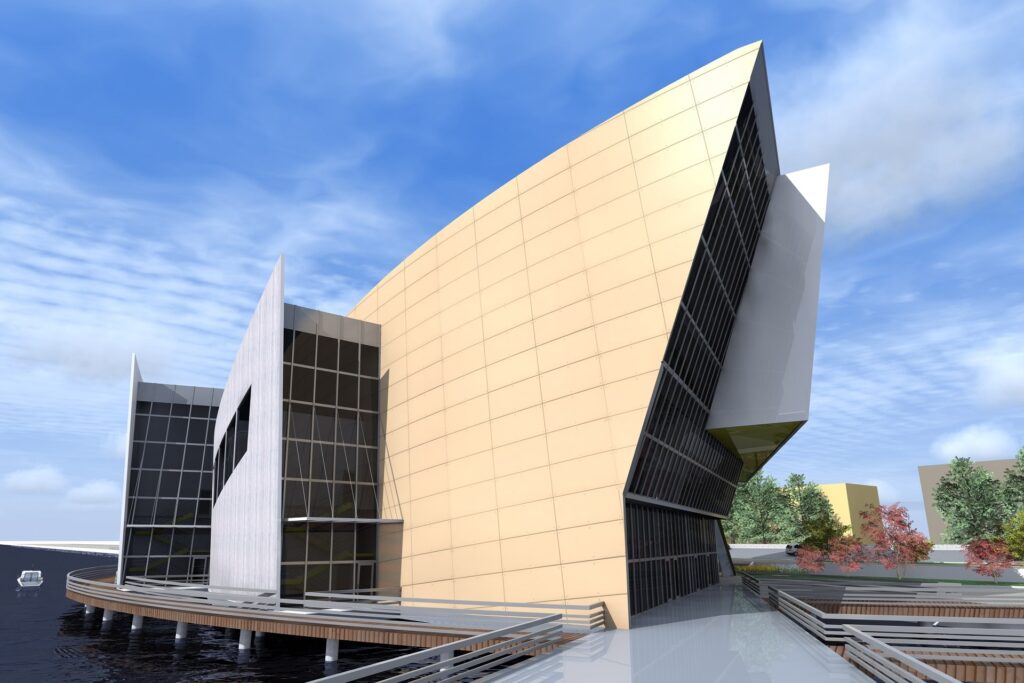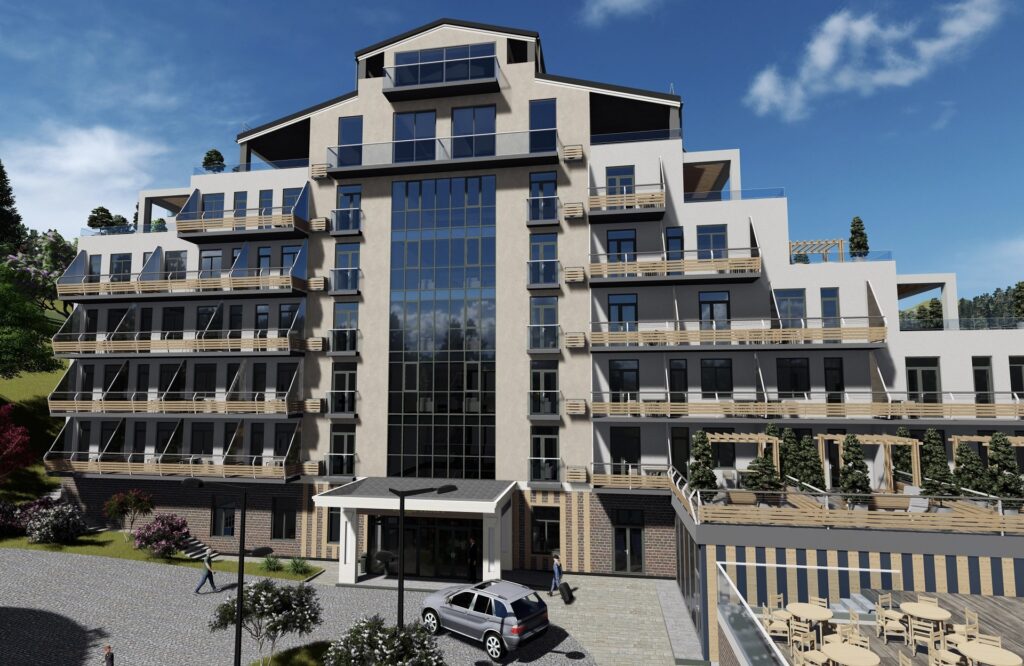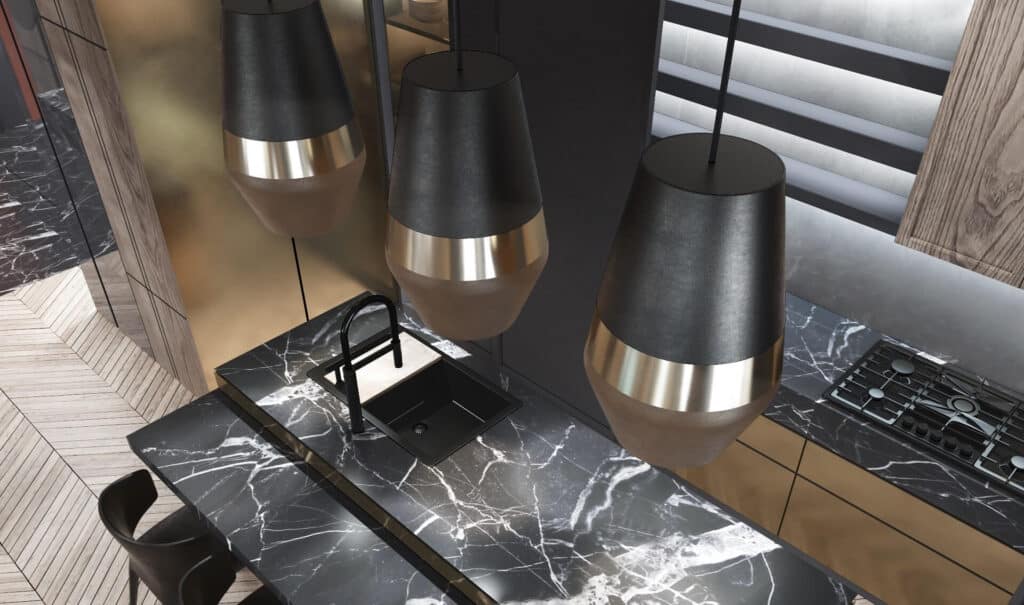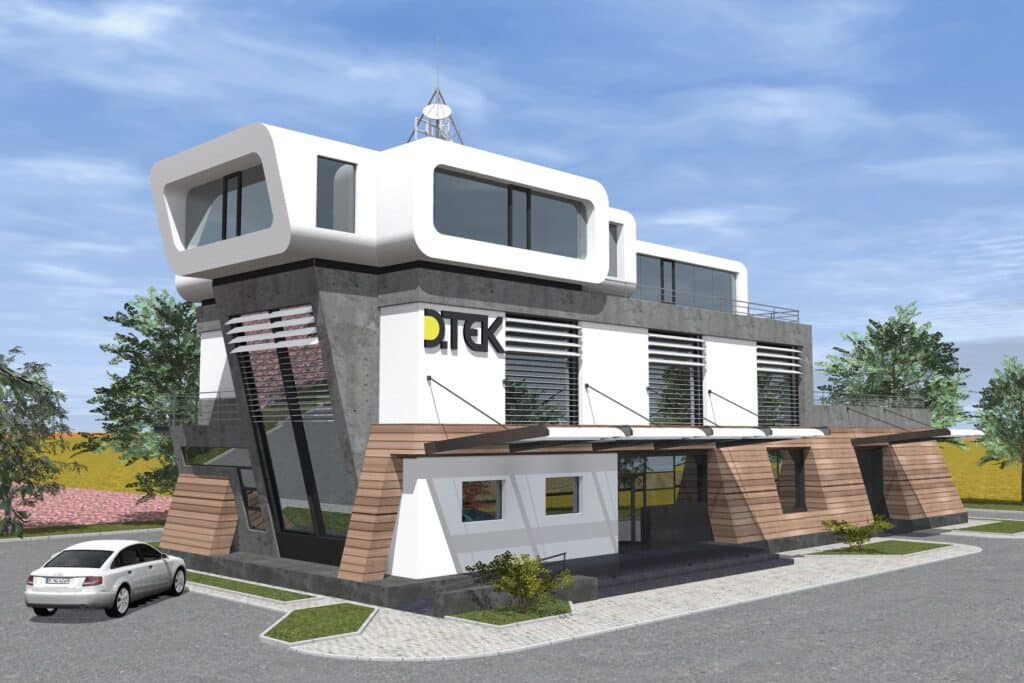Checklist: How to Prepare for Your Meeting with an Interior Designer
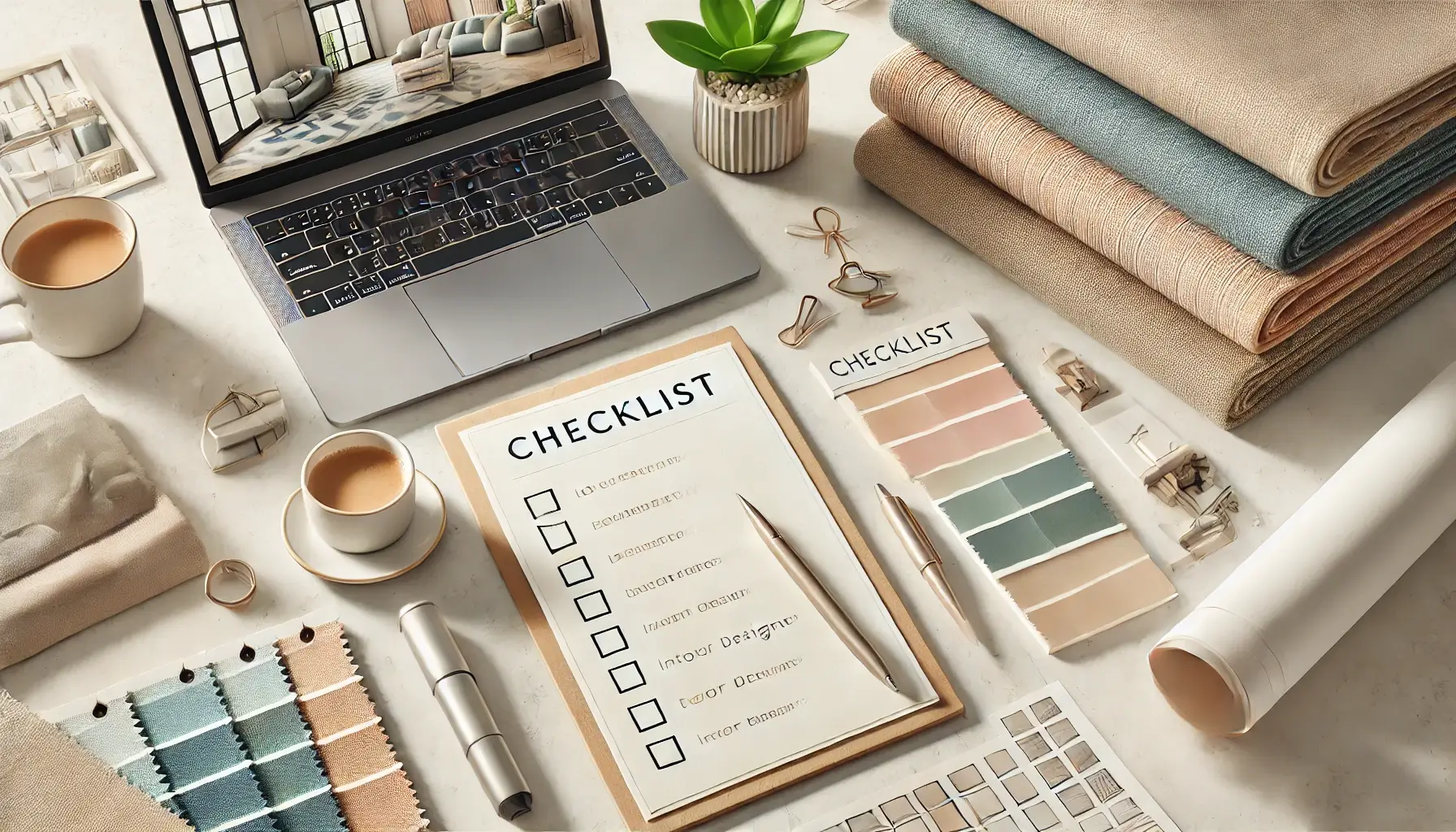
Welcome to the Info section, where you can discover the essence of my work as a designer and architect. Dive into my creative process, unique perspectives, and guiding principles that shape every project I undertake. This section offers a comprehensive overview of my vision, methodology, and the journey from initial concepts to final masterpieces.
🏆 Define Your Goals and Vision
Before meeting with an interior designer, it’s crucial to define your goals and vision for the project. Consider what you want to achieve and how you envision the space. Are you looking to create a cozy living room, a functional kitchen, or a luxurious bathroom? Understanding your objectives will help the designer align their ideas with your expectations.
- List Your Priorities: Think about what aspects of the space are most important to you. Is it the aesthetic appeal, functionality, or perhaps energy efficiency? Prioritize these aspects to guide the design process.
- Gather Inspiration: Collect images, mood boards, or Pinterest boards that reflect your style preferences. Having visual references will help communicate your ideas effectively.
- Consider Your Lifestyle: Your daily routine and lifestyle choices will influence the design. Whether you have children, entertain frequently, or work from home, these factors should be part of the discussion.
- Set a Realistic Budget: Financial planning is essential. Determine how much you are willing to invest in the project to ensure that your designer can propose feasible solutions.
🎨 Understand the Space and Its Limitations
An interior designer will need to understand the specifics of the space they’ll be working with. Gathering detailed information about your space can significantly improve the efficiency of your meeting.
- Measure and Document: Take accurate measurements of the space, including dimensions of walls, windows, doors, and any architectural features. Documentation should include photographs and sketches if possible.
- Identify Problem Areas: Point out any areas that are problematic or challenging for you. It could be poor lighting, limited storage, or awkward layouts. Understanding these challenges will help the designer propose practical solutions.
- Consider Existing Structures: Be aware of immovable elements like load-bearing walls or plumbing fixtures that must be incorporated into the new design.
- Evaluate Natural Light: Observe how natural light enters the space throughout the day. This can influence color choices and furniture placement.
📋 Prepare Essential Questions
Asking the right questions during your meeting with an interior designer can clarify the process and set the stage for a successful collaboration.
- Design Philosophy: Inquire about the designer’s approach to projects. Understanding their philosophy can help you determine if it aligns with your vision.
- Timeline Expectations: Ask about estimated timelines for project completion. Knowing this upfront can help you plan accordingly.
- Communication Style: Discuss how the designer communicates progress and any challenges. Regular updates can help ensure the project stays on track.
- Experience and Portfolio: Review the designer’s past projects to assess their expertise and style range. This can provide confidence in their ability to execute your vision.
🛠️ Organize Your Materials
Having all relevant materials organized will make your meeting more productive and allow the designer to focus on bringing your vision to life.
- Compile All Documentation: Ensure you have all necessary documents, including floor plans, blueprints, and any agreements or contracts related to the project.
- Create a Design Binder: Assemble a binder with all your inspiration images, sketches, and notes. This will serve as a reference point during discussions.
- List Your Must-Haves: Clearly outline any must-have features or elements you want included in the design. This could be a specific color palette, furniture piece, or technology integration.
- Prepare Budget Details: Have a detailed breakdown of your budget available to discuss potential costs and adjustments.
🤝 Establish a Collaborative Mindset
A successful interior design project relies on a strong collaboration between you and your designer. Building a foundation of trust and open communication is key.
- Be Open to Suggestions: While you have a vision, be open to the designer’s expertise and suggestions. They may offer ideas you hadn’t considered that can enhance the final outcome.
- Provide Honest Feedback: Communicate openly about what you like or dislike about proposed designs. Constructive feedback will help refine the project to meet your expectations.
- Foster a Positive Relationship: Treat the working relationship as a partnership. Mutual respect and understanding can lead to innovative solutions.
- Discuss Flexibility: Be prepared for potential changes along the way. Flexibility can lead to creative solutions when challenges arise.
🧩 Assess the Designer’s Compatibility
Ensuring your interior designer is a good match for your project is essential for a smooth and successful process.
- Cultural and Aesthetic Fit: Consider if the designer understands and respects your cultural background and aesthetic preferences.
- Budget Compatibility: Ensure the designer is comfortable working within your financial constraints and can deliver quality results within those limits.
- Problem-Solving Skills: Evaluate their ability to solve design challenges creatively. A skilled problem-solver can overcome potential obstacles in innovative ways.
- Professional Credentials: Verify their credentials, memberships in professional organizations, and any awards or recognitions they may have received.
🗓️ Plan Follow-Up Actions
After your meeting, having a clear plan for follow-up actions can help maintain momentum and ensure the project progresses smoothly.
- Review Meeting Notes: Go over any notes taken during the meeting and highlight key points and decisions made.
- Set Milestones: Outline project milestones and deadlines. This will help track progress and ensure timely completion.
- Schedule Regular Check-Ins: Plan regular meetings or check-ins with your designer to discuss progress and address any concerns.
- Evaluate Next Steps: Determine any additional research or decisions needed on your part to move the project forward.
By following this comprehensive checklist, you’ll be well-prepared to meet with your interior designer, ensuring a productive discussion and a successful project outcome.

